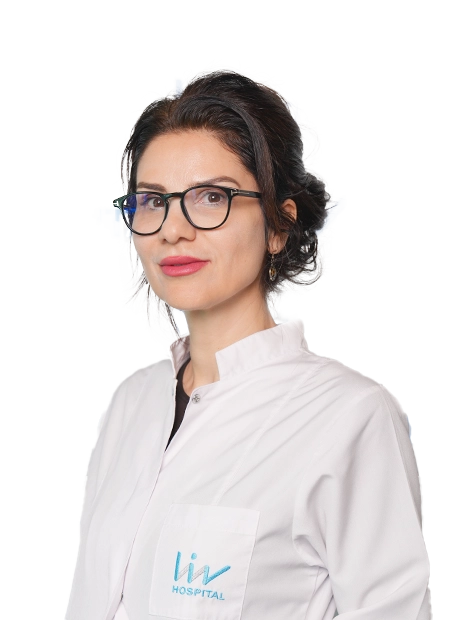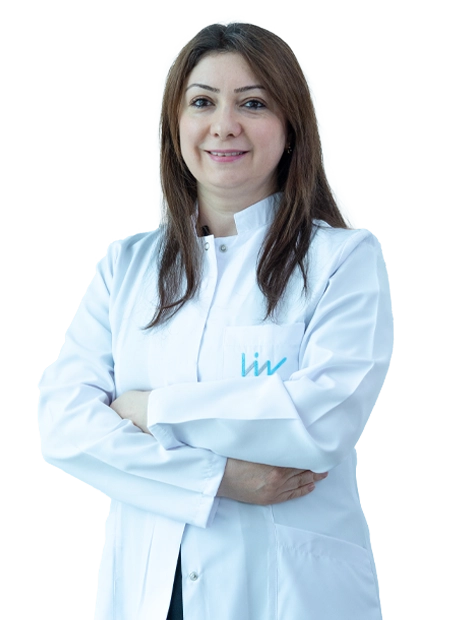What Is Diabetes? Types, Symptoms, and How It’s Diagnosed
Diabetes is a condition where blood sugar (glucose) stays too high over time. The main types are type 1 diabetes, type 2, gestational and diabetes insipidus (a separate water balance disorder). Common symptoms include increased thirst and urination, fatigue, blurry vision, slow healing wounds, unexpected weight changes, tingling in hands or feet, and frequent infections.
Diagnosis is made with blood tests: A1C, fasting plasma glucose, random glucose with symptoms, or an oral glucose tolerance test. An A1C of 6.5% or higher, fasting glucose 126 mg/dL or higher, or a 2 hour OGTT value of 200 mg/dL or higher can indicate diabetes.

What Causes It and Can It Be Reversed?
Type 1 happens when the immune system attacks the cells that make insulin. Genetics and certain triggers are involved. Type 2 develops when the body becomes resistant to insulin and the pancreas cannot keep up. Factors like genetics, weight, lack of activity, sleep problems, and some medications can play a part.
Gestational form appears during pregnancy because of hormonal changes and insulin resistance. There is no cure for diabetes, but type 2 can often go into remission with significant weight loss, healthy eating, regular exercise, and sometimes medication or medical procedures. Type 1 cannot be reversed, but technology and insulin therapy can help manage it well.
Type 1 vs. Type 2: Key Differences
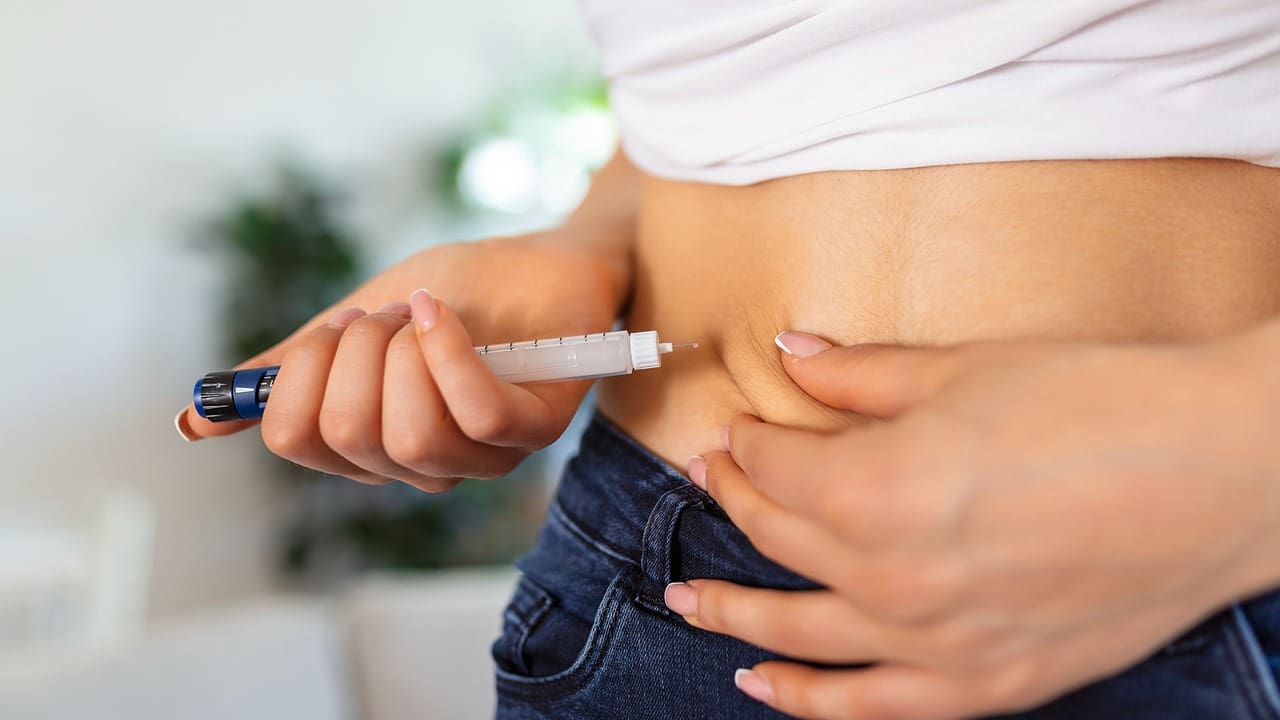
Type 1 usually begins in childhood or young adulthood and requires insulin from the start. Type 2 is more common in adults but may occur at any age and is managed with lifestyle modifications, oral medications, GLP-1s, SGLT2 inhibitors, and sometimes insulin.
For both types, regular blood sugar checks, A1C monitoring, and screening for heart, kidney, nerve, and eye complications are crucial. Practically speaking, type 1 often presents more abruptly, sometimes with diabetic ketoacidosis (DKA), and needs insulin therapy immediately.
Type 2 frequently develops gradually and may be managed initially with nutrition and physical activity changes; many people respond well to oral agents like metformin and can later benefit from medication classes such as GLP-1 receptor agonists (which lower glucose and may aid weight loss) and SGLT2 inhibitors (which promote glucose excretion in urine and offer heart and kidney benefits).
Insulin may be added if oral and injectable non insulin treatments are insufficient. Regardless of type, routine monitoring is essential: A1C checks every 3–6 months, blood pressure evaluation, lipid profile, kidney function and urinary albumin screening, annual dilated eye exams, and foot assessments. Education on hypoglycemia recognition and treatment (for those at risk) is also important.
How to Know If You Have It: Tests and Warning Signs
Watch for frequent urination, excessive thirst, unexplained fatigue, blurred vision, and recurring infections. Doctors may order A1C, fasting glucose, random glucose, or OGTT tests. Prediabetes (A1C 5.7–6.4%) can often be managed early with dietary adjustments, physical activity, and regular follow ups.
Other red flags include slow healing cuts, recurrent skin or yeast infections, tingling or numbness in hands or feet, and unintended weight loss (more common in type 1 or advanced type 2). If you have risk factors such as a family history of type 2 diabetes, overweight or obesity, physical inactivity, history of gestational diabetes, polycystic ovary syndrome (PCOS), or certain ethnic backgrounds with higher prevalence seek screening sooner.
Prediabetes indicates higher than normal glucose but not yet diabetic ranges, and it is a pivotal opportunity to act. Structured lifestyle programs focusing on increased physical activity (like brisk walking), balanced meal planning, and modest weight loss can significantly delay or prevent progression to type 2 diabetes. Regular follow ups allow adjustments and encouragement.
How to Prevent Type 2 : Diet, Exercise, and Weight Management
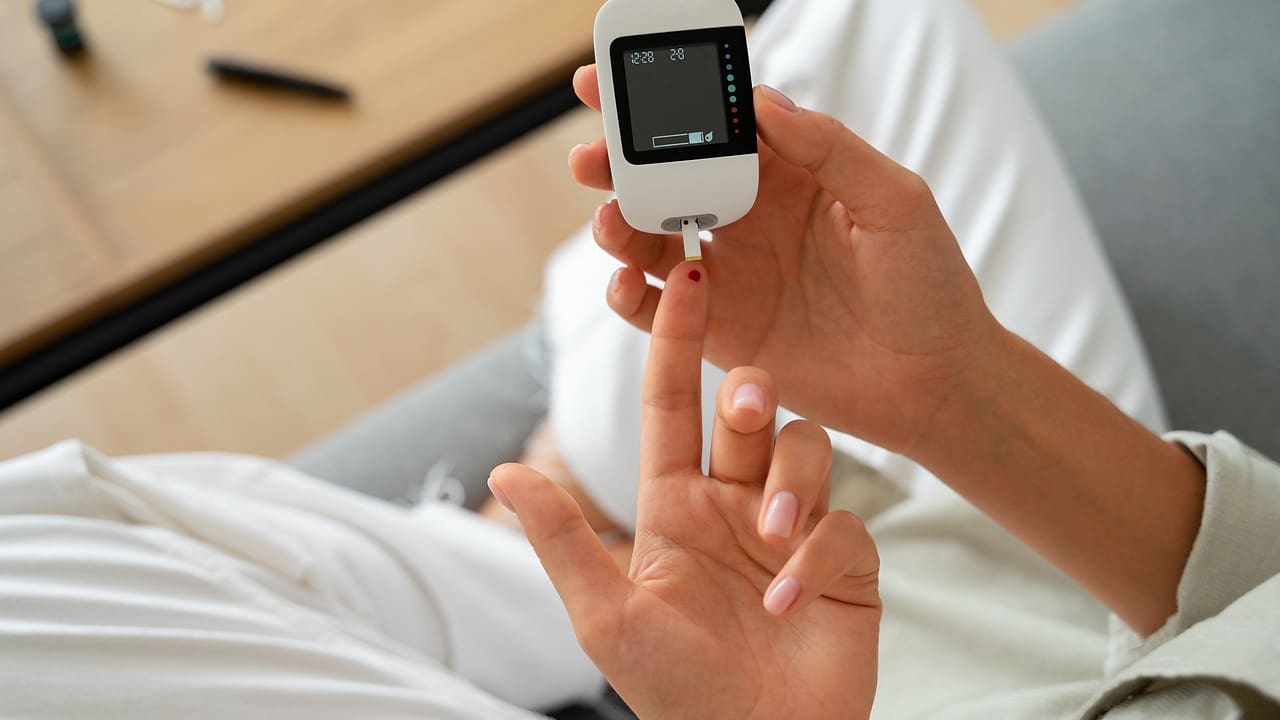
Aim for steady weight control if needed and at least 150 minutes of exercise weekly. Eat fiber rich meals with balanced carbohydrates, lean proteins, and healthy fats. Limit sugary drinks, highly processed foods, and refined carbs. Good sleep, stress management, and avoiding tobacco help significantly.
Losing just 5–10% of body weight can reduce your risk substantially. Prevention strategies work best when they are practical and sustainable. For exercise, combine aerobic activities (walking, cycling, swimming) with resistance training (bodyweight exercises, resistance bands, or weights) two or more days per week to improve insulin sensitivity and muscle mass. Incorporate movement into daily life taking stairs, short walk breaks, and active chores.
Nutritionally, prioritize non starchy vegetables, whole grains, legumes, nuts, seeds, and lean proteins; choose unsweetened beverages and reduce portion sizes of refined grains and sweets. Meal planning and mindful eating help maintain consistency.
Sleep hygiene regular schedules, a dark and cool room, limiting screens before bedtime supports metabolic health. Managing stress with techniques like breathing exercises, yoga, or counseling reduces cortisol related glucose elevations. Avoiding tobacco improves vascular health and reduces overall risk.
Gestational Form: Causes, Testing, and Aftercare
Screening is typically done between 24–28 weeks of pregnancy or earlier if high risk, using a glucose challenge or OGTT.
Management involves dietary guidance, blood sugar monitoring, and sometimes medication. Most cases resolve after birth, but future risk of type 2 remains higher, so follow up testing is essential.
Genetic Factors and Family Risk
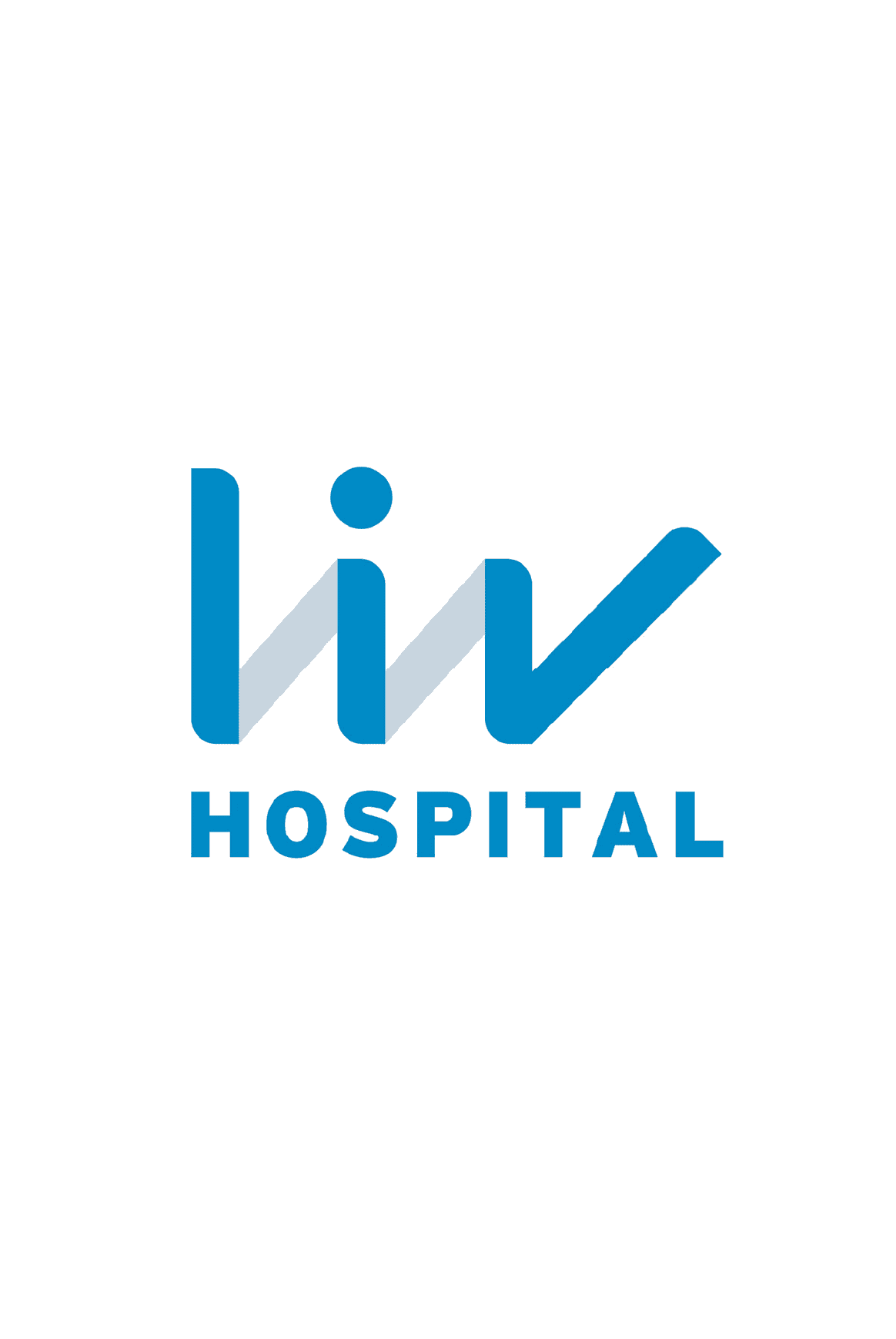
Our diabetes clinic brings together endocrinologists, internal medicine specialists, dietitians and diabetes nurses to provide continuous monitoring, education, and personalised care. We use advanced technologies such as insulin pumps and continuous glucose monitoring to help you stay in control.
Diabetic Ketoacidosis (DKA): When to Seek Emergency Care
DKA happens when the body lacks insulin, producing excessive ketones, causing dehydration and acidosis.
Symptoms: nausea, vomiting, stomach pain, rapid breathing, fruity smelling breath, confusion, high blood sugar. This is a medical emergency; seek help immediately.
Diet and Smart Eating Choices
Base meals on non starchy vegetables, lean proteins, whole grains, legumes, nuts, seeds, and healthy fats. Watch carbohydrate portions and include plenty of fiber. Limit sugary drinks, sweets, and refined carbs.
The plate method, carb counting, or low glycemic foods may help. Consulting a dietitian ensures the best results.
Food Questions
Fruit: Whole fruits (apples, oranges, berries, grapes, watermelon) are fine in moderation, ideally paired with protein or fiber.
Honey: It affects blood sugar much like regular sugar, so use it sparingly, count the carbs, and see how your body responds.
Popcorn: This whole grain snack can be a good choice if you pick air popped popcorn, watch your portion size, and skip heavy toppings.
Oatmeal: This is often a good breakfast option. Choose steel cut or old fashioned oats, add some protein or healthy fats, and avoid sugary instant packets.
Liv Hospital Diabetes Clinic
Treatment focuses on proper nutrition and regular activity. If insufficient, medications are used: pills (oral antidiabetics) or insulin.
Most adults respond well to oral medications for years. Those with insulin deficiency, poor response, or unsuitability for pills require insulin therapy. Patient education is essential for safe, effective treatment.
At Liv Hospital, endocrinologists, internal medicine specialists, dietitians, and nurses collaborate to provide diagnosis, treatment, long term follow up, and preventive care. Advanced technologies like insulin pumps and continuous glucose monitoring optimize treatment and monitoring.
For more information about our academic and training initiatives, visit Liv Hospital Academy.
Frequently Asked Questions for Diabetes Polyclinic
What is diabetes?
It is a condition where blood sugar stays elevated. Diagnosis uses A1C, fasting glucose, random glucose with symptoms, or an OGTT.
What are the symptoms?
Increased thirst and urination, fatigue, blurry vision, slow healing sores, tingling in hands/feet, and recurrent infections.
How do you test for diabetes?
A1C, fasting plasma glucose, random glucose with symptoms, or oral glucose tolerance testing; your clinician will choose based on your risk and symptoms.
What A1C is considered diabetic?
A1C ≥ 6.5% may indicate diabetes; 5.7–6.4% is prediabetes.
Can diabetes be reversed?
Type 2 diabetes can sometimes reach remission with weight loss and lifestyle changes; type 1 diabetes is not reversible.
Is diabetes a disability?
It can be considered a disability in some contexts; protections vary by region and policy.
How many types of diabetes are there?
Type 1, type 2, gestational; other specific types exist. Diabetes insipidus is different from diabetes mellitus.
